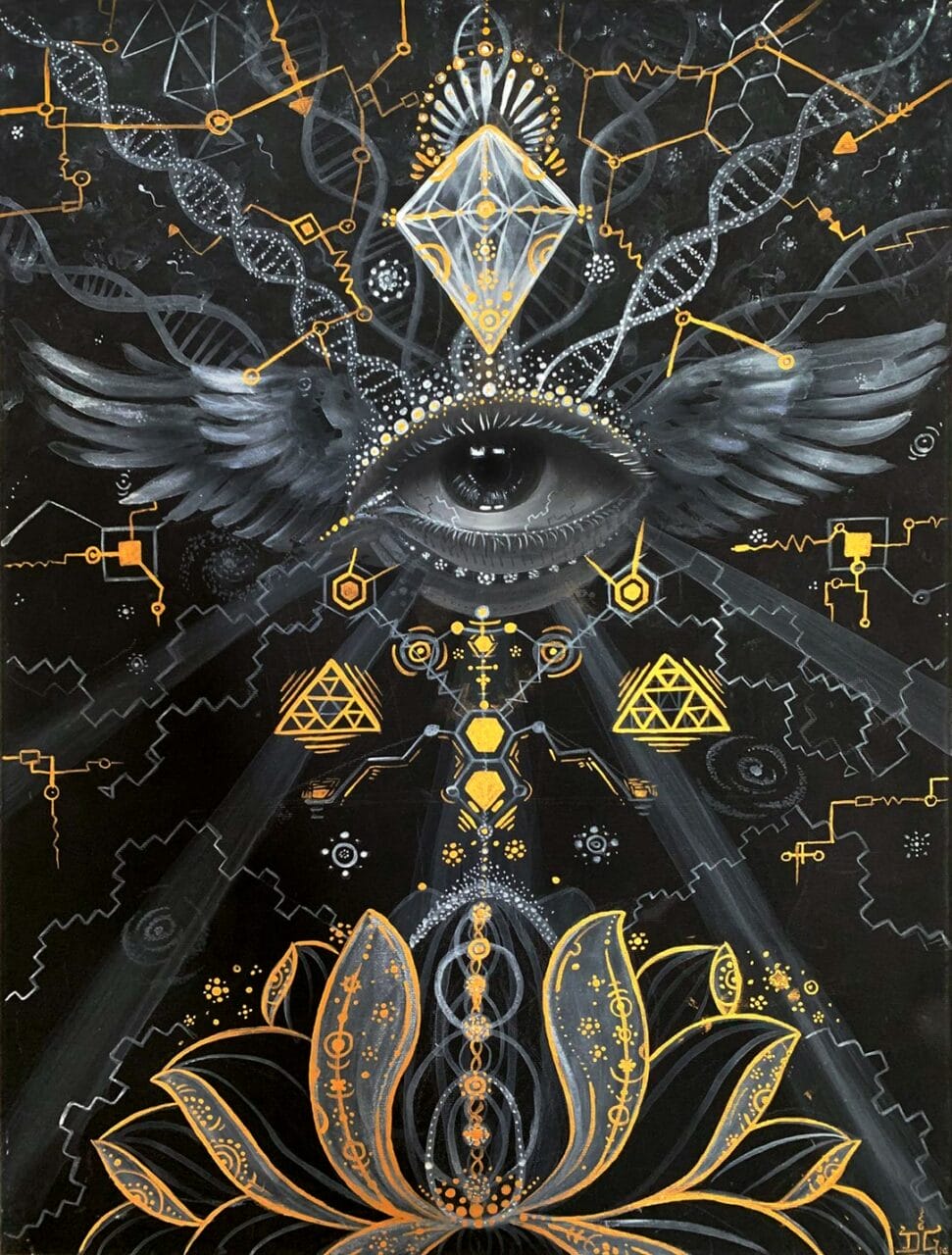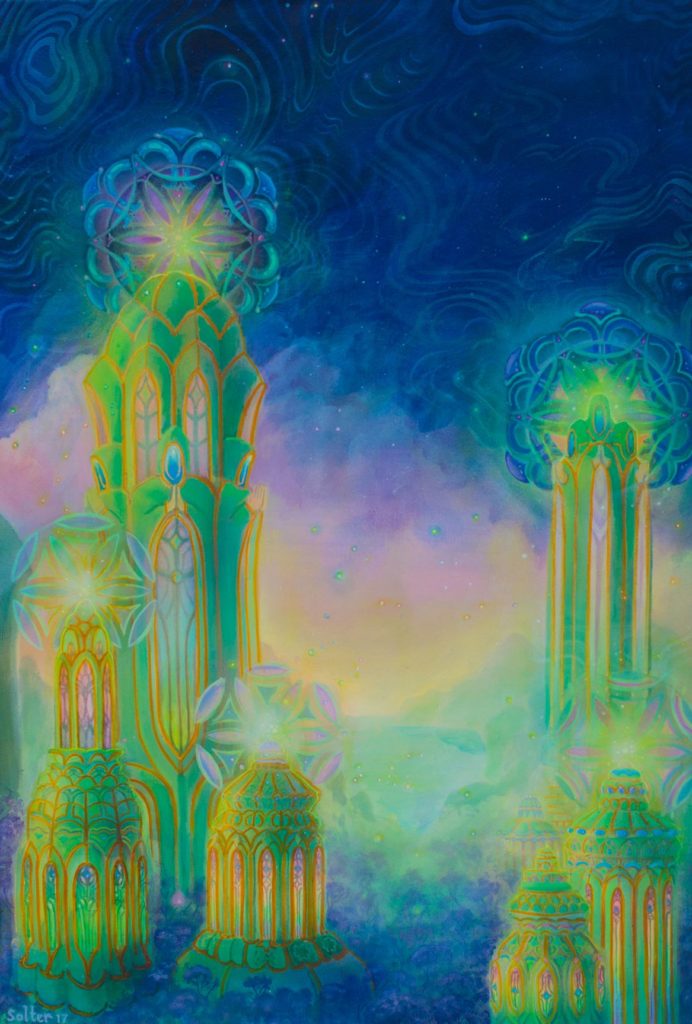
© Uni Kaya
Historical Overview of Shrooms
Historical evidence indicates that Shrooms evolved around 9000 BC. These unique mushrooms, comprising over 200 species, contain psilocybin, which triggers hallucinatory effects. Such effects can entail changed perception, visual and auditory hallucinations, and deeply spiritual experiences. For millennia, these mushrooms have been incorporated into spiritual ceremonies, rituals, and practices across diverse cultures and tribes. A significant proportion of these historical references originate from North and South America.
Shrooms in Ancient Eras
Over the course of history, many cultures have leveraged natural psychedelics. Evidence found in the Sahara Desert suggests that humans were consuming Psilocybe Cubensis over 7000 years ago. Archaeological findings exhibit the depiction of this narcotic substance in prehistoric art across various regions. For instance, indigenous tribes of North Africa in the Sahara portrayed its use in their art dating back to around 9000 BC. Similarly, the renowned Selva Pascuala mural rock painting in Spain, nearly 6000 years old, indicates the use of Psilocybe Hispanica in religious rites. The influence of these substances on our cultural development, religious practices, art, societal standards, and everyday life is increasingly apparent. This substance has undeniably etched a deep mark on our culture and society.
Historical Summary of Magic Shrooms Usage
Historically,magic Shrooms have been in use for a prolonged period. The psychoactive substance that is known today has been around for various centuries, with a range of practices related to its use. Who wouldn’t appreciate the gifts of nature? It’s the right time for Mushroom Canada to delve into the historical path that has led to the present status of Shrooms.
Major Milestones
- Dried Shrooms have been a part of traditional rituals and spiritual healing for countless years. Presently, they serve as a treatment for mental health issues.
- Shrooms became a hallmark of the hippie culture and played a significant role in the psychedelic revolution, encouraging its recreational use.
- Influential figures like Wasson, Sabina, and McKenna introduced psilocybin to the contemporary world.

© Jonathan Solter
Backing the Stoned Ape Theory
The Stoned Ape Hypothesis was proposed by Terence McKenna, suggesting that psilocybin may have contributed to human evolution, especially cognitive development. Despite facing some opposition, the intriguing aspects of the theory remain undeniable.
Ancient Civilizations and Sacred Ceremonies
Symbols, art, and statues in historic societies depicted cubes, indicating the ritualistic use of Shrooms. Mayans and Aztecs used it to interact with supernatural beings, including gods. In the culturally rich Aztec society, it was referred to as “teonanácatl“, which means “flesh of the gods”. They were unfamiliar with the concept of a psychedelic experience, leading them to view it as a divine entity. Moving north to Siberia, hallucinogenic Shrooms were used by Siberian shamans. They specifically used a hallucinogenic substance (Shrooms) called “Amanita Muscaria” for spiritual healing and customary practices, despite its toxic nature. This usage dates back to approximately ten thousand years ago. In African tribal rituals, particularly within the tribes of Congo and Zimbabwe, cubes were used for communicating with ancestors, inducing visions, and promoting spiritual healing. These historical societies provide context for the contemporary use of psilocybin. The reverence for this substance in these cultures originated from its divine connections and its ability to induce mystical experiences.
Shrooms in Myths and Legends
Several narratives, including those from Gordon Wasson, have emphasized the connection between Shrooms and the mystical world, highlighting its role in folklore and mythology as a medium for divine communication and enlightenment. In ancient India, the Soma—a ceremonial drink mentioned in the Vedas—was thought to induce altered states of consciousness. Scholars like Wasson suggest that it might have been made from psychoactive plants, particularly fly agaric. Some propose that this ancient drink might have been a mixture of different plants. Regardless of its origins, the history of psychedelics suggests that Soma facilitated the manifestation of sacred symbols during rituals, symbolizing a portal to greater wisdom or spiritual enlightenment.
The Contemporary Age
A Look at the
Beginnings
Historical documents from before the time of Columbus indicate that cultures like the Mayans and Aztecs utilized psilocybin Shrooms. The Spanish rulers in the 15th and 16th centuries deemed its usage barbaric and subsequently prohibited it. However, despite this ban, shamans secretly continued to consume magic Shrooms, thereby maintaining their cultural practices for over four centuries.
Reemergence in the Western World
The 1950s witnessed the revival of these substances in the West, largely due to the groundbreaking work of individuals like R. Gordon Wasson, Roger Heim, and Albert Hofmann. During a visit to Mexico, they managed to extract the two psychedelic components (psilocybin and psilocin) from the Shrooms obtained from the Mazatec tribe. Wasson later shared his experiences, uses, and observations about magic Shrooms in Life magazine. His articles and personal narratives contributed to the substance being recognized as a potent hallucinogenic. By the advent of the 1960s, the substance had become emblematic of the Hippie movement and was seen as a pathway to spiritual revelations. However, its use also incited substantial debate and stimulated a shift in the recreational use of hallucinogenic substances.
Continued Evolution: Worldwide Prohibition
In 1971, psilocybin was classified as a Schedule 1 illegal drug by the United Nations Convention on Psychotropic Substances, together with Lysergic Acid Diethylamide and N, N-Dimethyltryptamine. They were all considered to have no medical advantages and a high risk of misuse. This resulted in widespread illegalization in Western nations, including Canada and the U.S., severely limiting the spiritual and therapeutic uses of the substance.
The Modern Resurgence of Psilocybin
In the present day, regulations surrounding the usage of psilocybin have been somewhat relaxed, beginning with its decriminalization. This shift corresponds with the UN’s permission for its member nations to regulate the substance based on their own judgements. Simultaneously, a growing body of research and clinical trials on psychedelics and consciousness adds credibility to the potential medical uses of psilocybin. A 2021 study on the therapeutic use of psychedelics suggested that the 1970 ban significantly hindered further research. However, a preliminary study in 2004 sparked renewed interest in psilocybin, suggesting potential uses in neuropsychiatry, particularly for the treatment of mental health conditions such as:
- Depression, Anxiety, and Stress
- Post-traumatic Stress Disorder (PTSD)
- Obsessive-compulsive Disorder (OCD)
- Substance Misuse (Aiding in Addiction Recovery)
- Alcohol Overuse and Drugs)
Media and Art’s Influence
Psychedelic cubes have permeated discussions to such an extent that they are represented across various mediums. The resurgence of interest about these substances is largely driven by their portrayal in media, art, and literature. Movies like “Fantastic Fungi” by Director Louie Schwartzberg and documentaries exploring their therapeutic properties have enriched public understanding of their psychological and physical effects. Michael Pollan, author of “How to Change Your Mind,” has studied the role of psychedelics in promoting mental health and spiritual growth, thus reviving interest in their societal and therapeutic relevance.
Prominent Historical Advocates of Fungi
- María Sabina: A Mazatec shaman and poet from Mexico, Sabina played a key role in introducing cubes to the Western world, allowing Wasson to observe her Shrooms rituals.
- Gordon Wasson: Wasson is a writer recognized for raising worldwide awareness about the drug. His comprehensive account of his experiences with Sabina contributed to a broader comprehension of its local consumption.
- Terence McKenna: A leading proponent for psychedelics, McKenna was instrumental in emphasizing their cultural and philosophical significance. His speeches, writings, and research popularized the “Stoned Ape” theory, identifying it as a catalyst for cognitive development that impacted society.
The Timeline – A Concise Overview
with TRD.
| Prehistoric | Prehistoric usage is portrayed in the stone art discovered in the Sahara, Africa |
| Ancient | The Maya and Aztec civilizations incorporated teonanácatl into their religious and spiritual rituals. |
| 16th Century | Usage was discouraged due to its association with Indigenous beliefs |
| 18th Century | In 1799, the “intoxicating” effects of the drug came to light when four children accidentally ingested Psilocybe Semilanceata, emphasizing the potential risks of its consumption. |
| 20th Century | The drug was introduced to the Western world through Wasson and Sabina, sparking a psychedelic revolution among hippies. The UN legalized the possession and use of the substance. |
| 21st Century | Clinical investigations to validate its medicinal potential are increasing. The product’s use has been sanctioned by Health Canada under a Special Access Program. |
Embracing the Psychedelic Era and Beyond: Purchase Your Shrooms Online with Mushroom Canada
With consistent application of cubes, supported by robust scientific research, Mushroom Canada is set to continue its growth until it garners global acceptance. To aid this evolution, Mushroom Canada’s online Shrooms store is fully equipped. Our extensive product range entices customers, inspiring them to venture into the intriguing and restorative journey of psilocybin. Secure your favorite items from Zoomies today.
Commonly Asked Questions
No, Amanita Muscaria does not contain the active ingredients present in Psilocybe Cubensis. Rather, the psychoactive compounds in fly agaric are muscimol and ibotenic acid. According to a prevalent theory, Soma’s origin could be a combination of various psychoactive plants. In the same vein, ayahuasca is a beverage that alters consciousness. The only similarity between the two is the perception of soma as an analogue of ayahuasca. After being classified as a toxic Shrooms, it was examined for potential Shrooms poisoning. Presently, we recognize it as the Psilocybe Mexicana.

